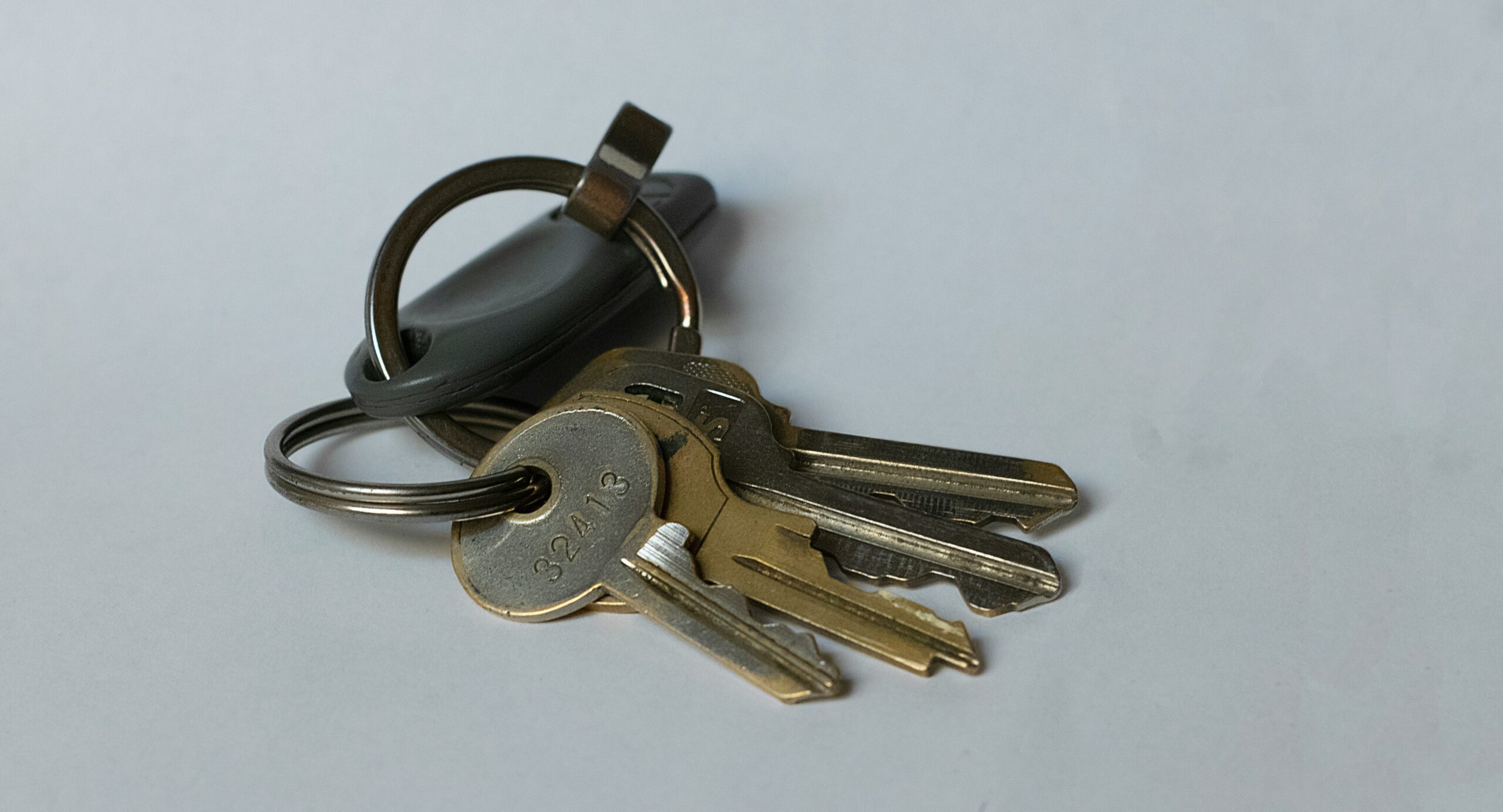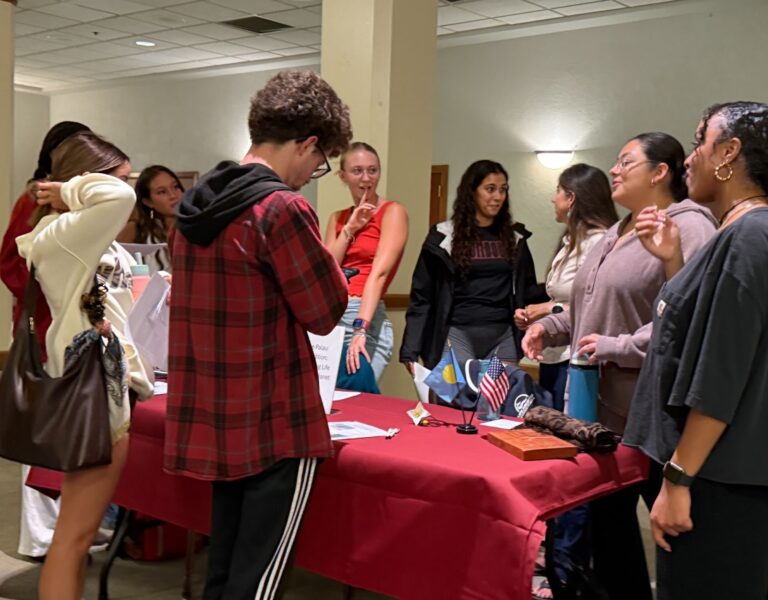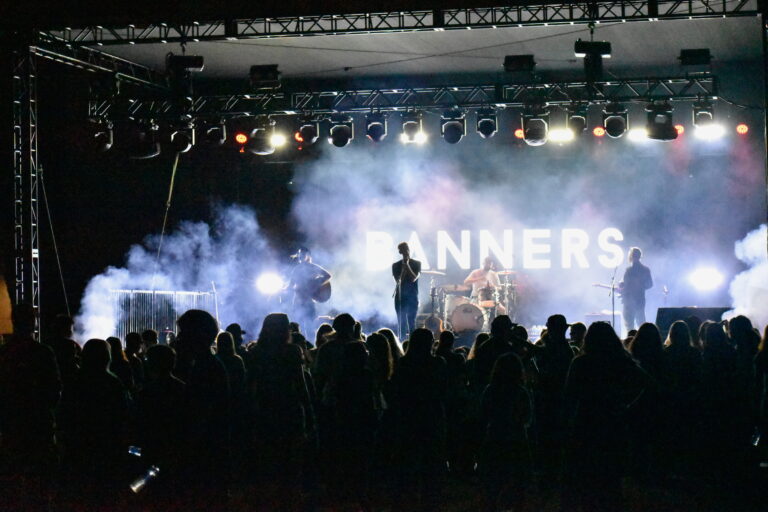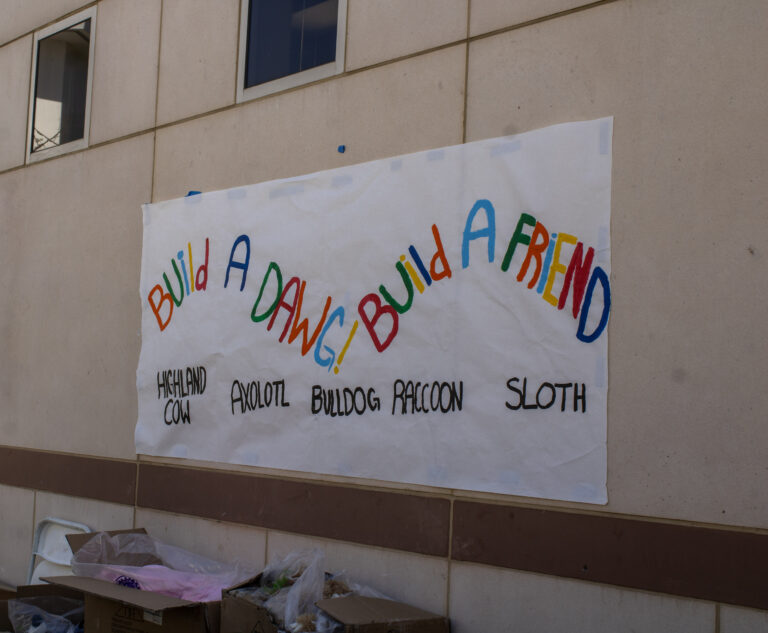
Students may have noticed black sensors being installed on various buildings around campus. What they might not know is that these sensors mark the coming of a new keycard system.
Out with the Old
The University of Redlands operates with physical keys. Each student that lives on campus has at least two: one for their dorm building and one for their room. Public Safety is in charge of opening and closing campus buildings, which usually remain open from 8 a.m. to 5 p.m., according to the university website.
It’s a system that’s “antiquated,” said Chief of Public Safety Tony Gorrell. Maintaining a campus that uses physical keys for all its doors “becomes problematic and expensive,” Chief Gorrell added. Whenever keys are lost, the doors have to be rekeyed, an expensive process according to Gorrell. He estimated that the average cost to rekey a room, involving calling a locksmith to change the core of the lock, is $275 for a double. Gorrell also said that an interior room key is $27. If 1000 students choose to live on campus in a given academic year, that’s $27,000 spent only on interior room keys.
But that isn’t the biggest issue with the current system: safety is even more important than cost.
Since most buildings on campus remain unlocked throughout the day, anyone can access them. This lack of control and security poses a threat to students and faculty alike.
Facing concerns as prominent as cost and safety, the university jumped to action.
In with the New
With a budget of $1.5 million and the involvement of various departments across the campus, the University of Redlands is finally making the transition from physical keys to keycards, Chief Information Officer Steve Garcia shared.
It’s a big change that will impact campus security. Exterior doors will remain locked, only unlocking when a card that has access to the building is scanned by the adjacent sensor. That means every key will have a unique programming based on various factors.
“What we’d like to do is tailor each card’s access schedule and access locations to the person. We’re still in discussions on how to effectively do that,” Garcia commented. “If a music student, for instance, has been authorized to be in one of the music buildings at 3 o’clock in the morning, it’d be nice if we could just authorize that on the card rather than having to involve Public Safety.”
While most doors will be accessible via keycard, that doesn’t eliminate Public Safety’s role in securing and unlocking buildings.
“The idea is that Public Safety will still be available to help folks get into secure buildings, but ideally those calls would drop pretty dramatically,” Garcia stated.
That won’t be the only remnant of the old system, though. Physical keys will still unlock doors on campus, even those with keycard sensors. In fact, the university is not completely phasing physical keys out. Individual dorm rooms will not be accessed by keycard, but rather by the physical keys the school has been using.
“The cost of doing individual doors is pretty steep, and it would have to be carefully considered. But at present, that’s not part of this project; [it’s] focused specifically on exterior doors of buildings on campus.” Garcia explained.
The Safety Points
There are some main safety points to note with the transition to a keycard system, as shared by Garcia.
1. Only those who need access will be able to get into buildings.
2. All doors can still be opened with a key in case of a power failure or a technological malfunction with the sensors.
3. Keycards can be deactivated remotely, so immediately after an employee or student leaves the institution, their access can be revoked.
4. In the case of an emergency, all armed doors can be locked remotely by Public Safety.
5. Only exterior doors will have keycard access; all interior doors will be unlocked with a physical key
In many ways, the keycard system is expected to make the University of Redlands a safer campus, both in everyday life and in an emergency.
The Keycard Specifics
What will these keys look like? Garcia shared they will be a physical ID card with a student’s name, photo, and identification barcode.
Although that may not be the case in the future — Garcia hinted at the possibility of a digital keycard using phones’ NFC (Near-field Communication), a feature that allows phones to make credit card transactions and connect to Bluetooth devices.
“That’s in the future. Step one is rolling out the keycards,” he asserted.
Garcia shared that the cards will likely “be a blunt instrument” when they are first released, but that eventually they will be refined and calibrated to each student and employee. In other words, the keycard may have limited capabilities when students first receive it.
In the case that a card is lost, the financial consequences are expected to be significantly reduced.
“I’m imagining we’ll end up somewhere less than twenty bucks,” Garcia estimated. That is a massive drop from the $250 charge for a lost key that was in place this year. As is the case with physical keys on campus, Garcia shared, the first card will be free, but each additional one will have a fee.
The keycard system won’t stop at students and employees, it’s going to extend to visitors too.
“The idea would be that if someone shows up on campus and needs access to certain areas, cards can be quickly programmed and given to that person. Then they turn it back in when they leave so it can be reused,” Garcia shared.
The Three Phase Plan
The transition to keycards is a multi-phase plan, as explained by Garica.
Phase One: Install the keycard sensors.
The installation of the sensors is in progress. “Over the summer we’ll be doing the testing and integrating the software system that manages all those doors with our student information system and our human resources system,” Garcia said.
Phase Two: Launch the keycards.
Despite the sensors being installed this semester, the keycards will not be cycled into use until the fall semester of 2024 at the earliest, Garcia shared. “With projects of this size and complexity, there’s always things that can happen, but we’re pretty confident that we’re going to meet that goal,” he stated.
Phase Three: True One
Transitioning to keycards is only the first step of the university’s master plan. “Eventually we would like to transition the university to a True One card system,” Garcia said.
What’s a “True One” system?
Transact, a company Garcia said the university is communicating with regarding the True One plan, states it is “contactless campus-wide access with one card.” Payments, buildings and services alike will all be integrated into one common system that can be accessed by a mobile device or a physical card. Garcia added that it would potentially work for food and laundry service, and even the campus bookstore.
Lingering Questions
As the campus begins its transition to keycards, there remain some unanswered questions that could impact students, employees and visitors alike.
- Will community spaces such as The Table at Irvine Commons and The Launch remain unlocked, or will they be accessible only by keycards?
- How could a total campus lockdown affect students who are not secure inside a building?
- How will building access and hours be determined?
- What negative impacts may arise regarding students accessing buildings they need to?
- Will individual rooms eventually be transitioned to a keycard system?
These are all questions that will hopefully be answered in the coming months as the university gets closer to switching to this new system.
“We’re going to try and be more transparent about what that schedule looks like so people know what to expect,” Garcia said.
One thing is for certain though, despite questions or doubts: the keycard system was chosen with safety in mind.
“There’s no comparison. It’s so much safer,” said Chief Gorrell.
Students and employees alike will soon be able to see for themselves how the keycard system will impact campus life. It’s out with the old and in with the new.
Madelyn Olsen is a second-year student majoring in Saxophone Performance and is the current Editor-in-Chief of The Redlands Bulldog. She loves writing, making music, and taking care of her chickens in her free time.





